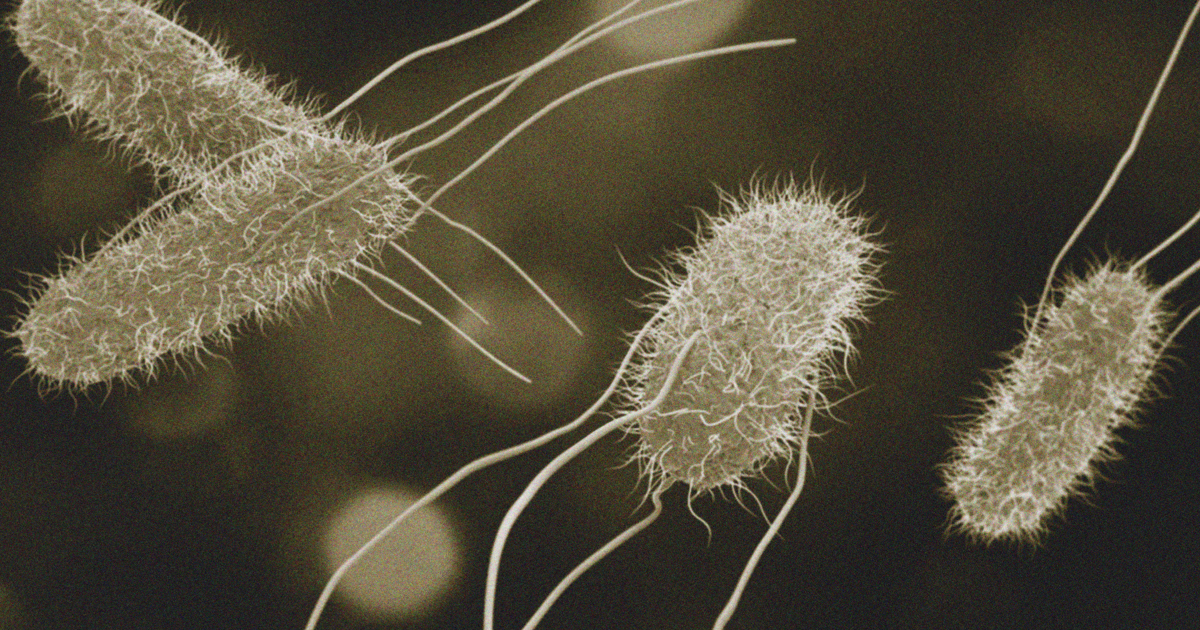Remember November: the precarious journey of feed and the importance of feed hygiene
This month it is ‘Remember November’ on the Perstorp Animal Nutrition social media channels. That means we’ll be looking back on how our industry has changed over the years. What did we learn? What did we forget?
Who better to ask than Koen Schwarzer? A respected innovator with over 40 years of experience, working for several of the most prominent key players in feed additives. A man who was at the helm of many innovations over the past decades. Innovations that are some of the most generally accepted solutions today. This week, Koen reflects on the journey that pathogen prevention – especially salmonella – has undergone in the last few decades.
Food poisoning was hot topic in the early 80’s. ‘Public awareness of food poisoning by consuming salmonella contaminated poultry meat became evident. Food poisoning incidents in the UK were escalating in such a way that the British government took measures’, recalls Schwarzer. ‘These measures severely changed the whole chain: hygiene measures were pursued ever since.’
Investigated risks
Awareness of the possible risks of salmonella contamination was high, explains Schwarzer. ‘The industry investigated possible risks both vertically (looking at the great-grand parents until the chick) and horizontal (feed raw materials, feed, drinking water, transport, storage, buildings, processing equipment, hatcheries, farms, slaughterhouses, food processing).’
Efforts of the industry
Treating critical raw materials, mainly protein meals, preventing feed from recontamination and assuring clean drinking water with organic acid based additives became common practice. Koen Schwarzer remembers the efforts of the feed industry to keep feed and food clean in the 1980’s. ‘Good farm management was another essential step to safeguard feed hygiene.’
The precarious journey of feed
Schwarzer: ‘Producing Salmonella free food by maintaining good farm management standards and using organic acids were pretty successful. But you had to stay on top of it. The journey feed makes is not to be underestimated. During the collection of raw materials, during transportation, during mixing : the threat of contamination or recontamination lurks at every stage.’
Enter formaldehyde
In the early nineties, formaldehyde was enthusiastically applied in raw materials in the industry, recalls Schwarzer. ‘Formaldehyde is highly effective in controlling feed hygiene due to its antimicrobial potency and high volatile characteristics, reaching throughout the particles. In combination with organic acids it protects feed in every stage of the journey from being (re)contaminated.’
New processing techniques
In the 1990’s, Schwarzer remembers the industry inventing new processing techniques. ‘Processing techniques involving higher temperatures that kill Salmonella and Enterobacteriaceae and make feed nutrients more digestible experienced a steep growth. The combination of the modern feed manufacturing processes with formaldehyde based products turned out to be a good match to control Salmonella in feed and reduce the risk of recontamination. But the this high effectiveness had a behavioral downside too, strains Schwarzer: ‘Stakeholders step by step loosened their hygiene measures during the manufacturing process.’
Reintroducing organic acids in feed hygiene
As questions about the possible carcinogenic effects of formaldehyde on human health started to arise, and the use of formaldehyde was banned in Europe in 2017, the industry was in urgent need of alternatives. Fortunately, Schwarzer and his colleagues had been researching the antibacterial effects of organic acids for decades. ‘Very specific synergistic combinations of organic acids and essential oils are the best available solution today when comes to the management of Salmonella and Enterobacteriaceae recontamination in feed.’
Tightening the reins in good farm management is essential
Today, feed additives such as ProPhorce™ Feed Hygiene and ProPhorce™ Drinking Water Solutions are successful solutions when it comes to eliminating pathogens. ‘But keeping good farming management is paramount’, strains Schwarzer. As formaldehyde was so effective, standards in feed manufacturing declined. We really need to tighten the reins, increase awareness and make these high standards common practice again.’
Stay tuned for more ‘remember November’ posts on perstorp.com or our Animal Nutrition social media channels. Next week we’ll discuss for example the disastrous effects of salmonella and the importance of feed hygiene. Be sure to also read the other recent 'Remember November' articles about the way organic acid solutions have evolved over the decades and the impact that climate change has had on the additives that are used in animal nutrition.
